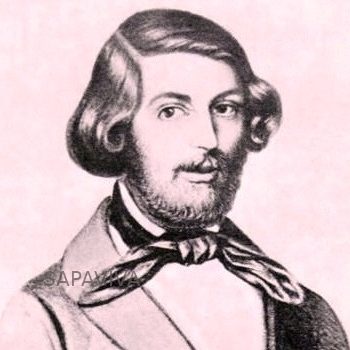(April 16, 1823 – October 11, 1852)
Gotthold Eisenstein is among the most brilliant mathematicians this world ever produced. Like Gustav Jacobi, he was a German Jew whose articles featured regularly in the prestigious Crelle’s Journal. Like Henrik Abel, he was a top genius whose abilities penury hindered. And like Évariste Galois, he joined a political unrest which landed him in prison. But within all that was a mathematician of the highest order. Eisenstein excelled in all branches of maths; and even played piano like a pro. Algebra, Analysis and Number Theory interested him the most. He was so proficient in Number Theory as to resolve problems which defeated Carl Friedrich Gauss (the presumably indomitable Prince of Mathematics). August Crelle, (the proprietor of Crelle’s Journal: who helped Henrik Abel and Jakob Steiner), brought Eisenstein to Alexander von Humboldt’s attention; and he mentored him. Contemporary scholars who reviewed his works were awed by his finesse, ingenuity and rigor. Even Gauss regarded him highly. The same is true for Riemann, Dirichlet, Jacobi and Hamilton (whom he had met in Dublin). Without the poverty and tuberculosis which ensured that he died before the age of 30, only God knows what “math-marvels” he would have dispensed. His short-spanned but monumental advances enriched Imaginary Quadratic Field, Elliptic Functions, Hypergeometric Functions, etc.; where he became the eponym of Eisenstein Integer, Eisenstein Reciprocity, Eisenstein Series and Eisenstein’s Criterion. He was so prolific that he published over 20 treatises in 1844. And like Galois and Abel, his untimely death robbed this world of a superlative genius.
All rights reserved. © Valentine Oduenyi


Eisenstein was awesome. Anybody who solved problems which Gauss couldn’t solve is awesome.
Double thumbs-up!
He was a great prodigy and budding icon before early death spoiled all that.
Like!! Thank you for publishing this awesome article.
I’m just wondering what his achievements could have been, had he had an easier life.
Anyways just wondering!
The generic genius
Very accurate rankings
Truly impressive!
This website is awesome. Greetings from London!
It is the best website for this topic. It presents quality-based posts.
Thank you for the wonderful critique.
This scientist is very brilliant. I bow to this great scientist.
Fantastic blog post. He was a great prospect lost to the circumstances of his era.
Hello Sapaviva, your posts are well-received.
A shining example
Thought-provoking and inspiring!
One of the sorrowful heroes
One of the sorrowful heroes
If at all possible, a second life should be extended to human assets like him.